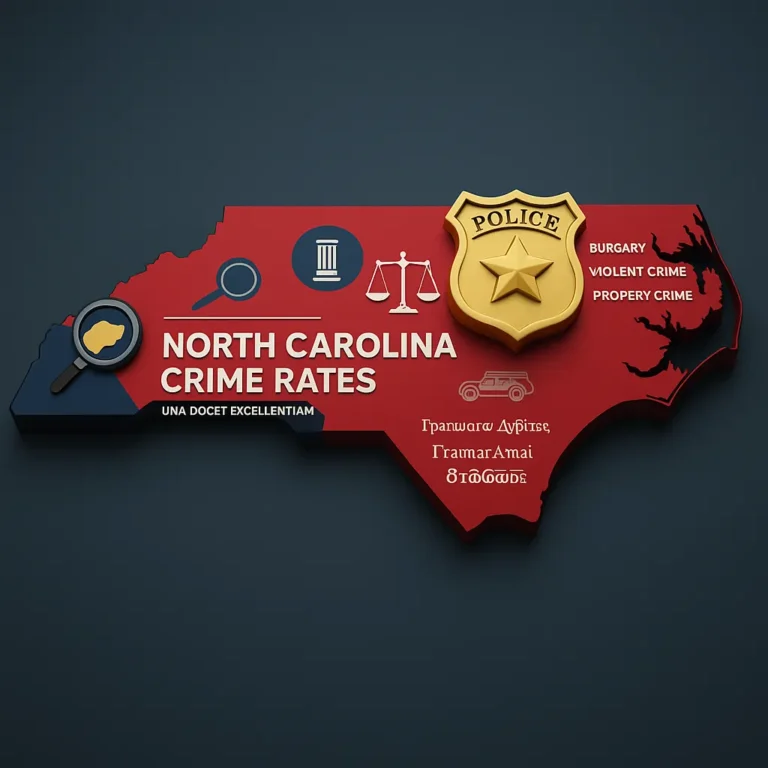Wyoming Crime Rate: Comprehensive Analysis and Safety Overview
Have you ever wondered how safe Wyoming really is in terms of crime? This vast state is often thought of as peaceful and quiet, but like any region, it has its own unique crime story. Wyoming presents an interesting case for analysis within the broader context of crime statistics and criminology. By examining the patterns of violence, the role of law enforcement, and the effectiveness of criminal justice actions, we can better understand the state’s approach to maintaining public safety.

Social institutions and ongoing social research help reveal how communities respond to challenges in justice and legal action, shaping Wyoming’s overall crime landscape. Discovering the nuances behind the numbers invites deeper reflection on what safety means in Wyoming and encourages a closer look at the data that guides decisions affecting its residents.
- Wyoming has a lower than average crime rate compared to national figures, highlighting its relative safety.
- Understanding Wyoming’s crime breakdown aids in legal, social, and public safety assessments.
- Crime statistics provide insights into law enforcement effectiveness and community risks.
Overall Crime Rates in Wyoming
Examining overall crime rates provides a clear snapshot of Wyoming’s safety profile. In recent years, the state reported a total of 9,701 crimes, translating to a rate of 16.61 per 1,000 residents. The majority of these incidents fall into the category of property crime, with 8,585 reported cases. Violent crime, which tends to draw greater public concern, accounts for 1,116 incidents, remaining substantially below national medians. These findings reflect on law enforcement efforts and community vigilance in Wyoming, suggesting generally safer conditions compared to many other places. Such data not only helps gauge the state’s public safety but also guides focused legal action and resource allocation within the realm of criminology.
- Total crimes reported in Wyoming amount to 9,701 cases with a crime rate of 16.61 per 1,000 residents.
- Violent crimes represent 1,116 incidents; property crimes dominate with 8,585 cases.
- Wyoming’s violent and property crime rates are both below the national median, indicating comparatively safer conditions.
| Crime Category | Total Cases Reported | Rate per 1,000 Residents |
|---|---|---|
| Total Crimes Reported | 9,701 | 16.61 |
| Violent Crime | 1,116 | 1.91 |
| Property Crime | 8,585 | 14.70 |
Detailed Violent Crime Breakdown in Wyoming
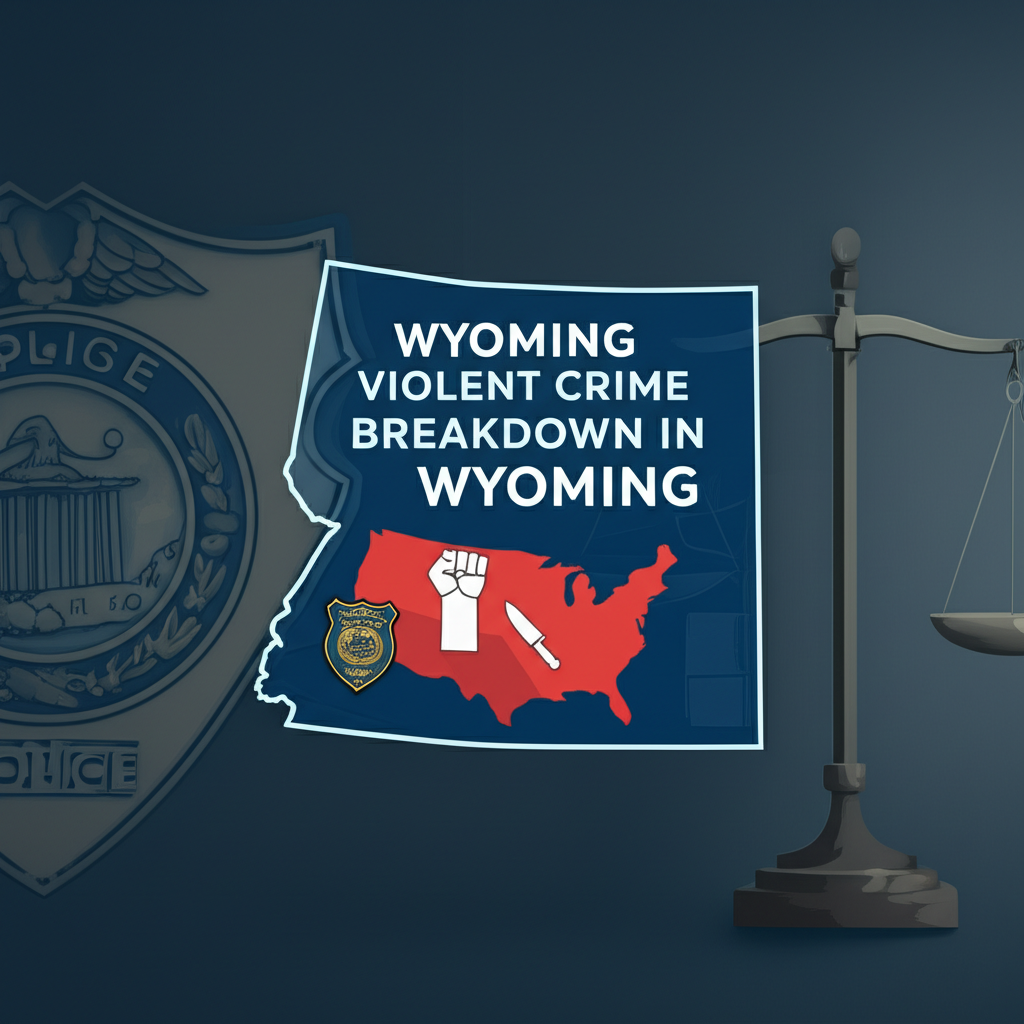
Delving into Wyoming’s violent crime data reveals more about the nature of offenses affecting its population. Out of 1,116 violent crimes reported, assault leads as the most frequent, comprising 717 cases. Murder is thankfully rare, with only 18 instances recorded, underscoring Wyoming’s relatively peaceful environment when it comes to the most serious crimes. Other violent offenses such as rape and robbery tally 314 and 67 cases respectively. Statistically, residents face about a 1 in 523 chance of being victims of violent crime, which again illustrates a lower risk compared to many other states. This detailed distribution enriches understanding of challenges that local law enforcement and the criminal justice system address daily.
- Violent crime totals 1,116, with assault as the predominant offense.
- Murder rates remain extremely low, with just 18 reported cases statewide.
- Residents face approximately a 1 in 523 chance of becoming a violent crime victim.
| Violent Crime Type | Reported Total | Rate per 1,000 Residents |
|---|---|---|
| Murder | 18 | 0.03 |
| Rape | 314 | 0.54 |
| Robbery | 67 | 0.11 |
| Assault | 717 | 1.23 |
Violent Crime Rates: Wyoming Compared to National Averages
Placing Wyoming’s violent crime figures alongside national benchmarks provides valuable perspective. The state’s violent crime rate stands at 1.91 per 1,000 residents, less than half of the national median rate, which is 4.0. Even when breaking down individual crimes like murder and robbery, Wyoming’s numbers are notably lower, with murder rates at 0.03 compared to 0.06 nationally.
However, the state does experience a slightly higher rate of reported rape at 0.54 compared to 0.38 nationwide, though this requires careful interpretation within broader societal contexts. Assaults follow the general trend and are less common than the national average. These contrasts emphasize Wyoming’s safer environment overall, while signaling specific areas where law enforcement and public safety initiatives continue to focus. For further official figures, the FBI’s crime database is a reliable resource at FBI UCR.
| Crime Type | Wyoming Rate | National Median Rate |
|---|---|---|
| Violent Crime | 1.91 | 4.0 |
| Murder | 0.03 | 0.06 |
| Rape | 0.54 | 0.38 |
| Robbery | 0.11 | 0.67 |
| Assault | 1.23 | 2.64 |
Property Crime Overview in Wyoming
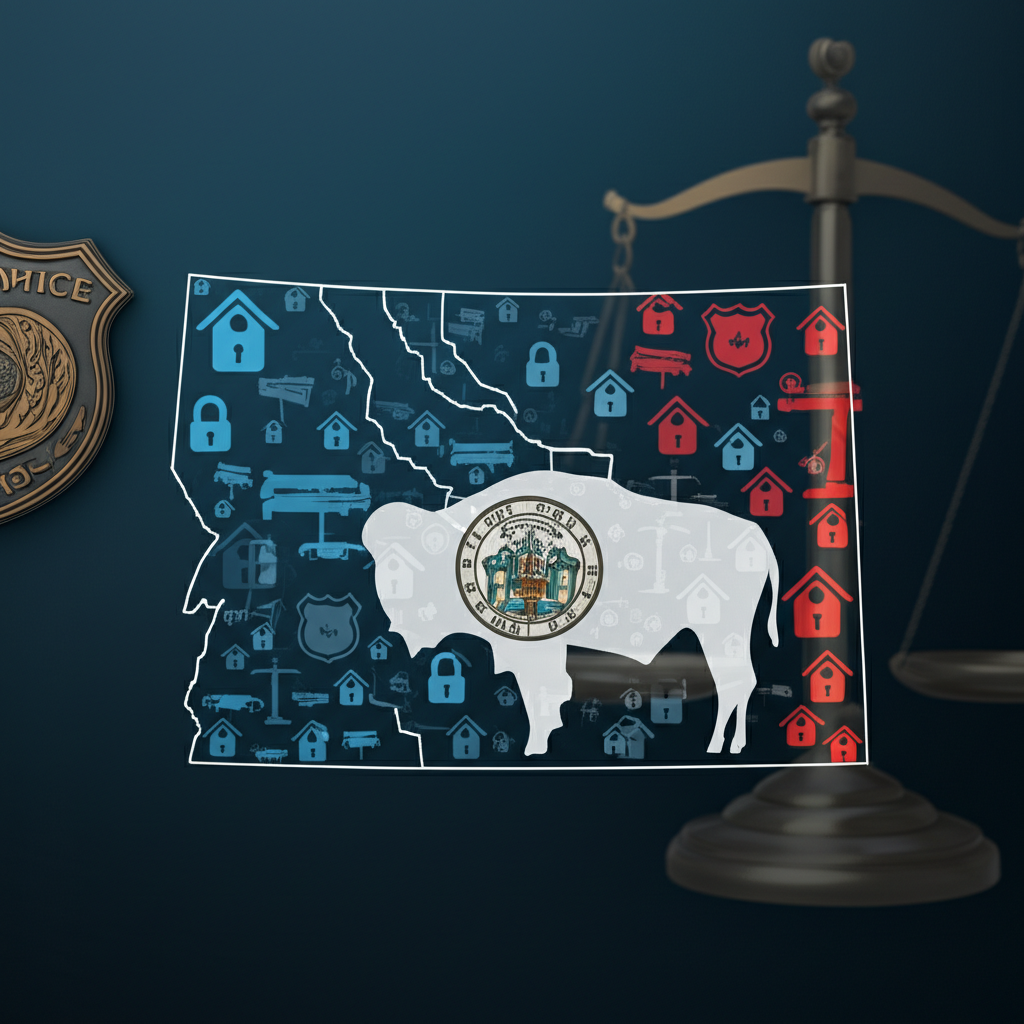
Most reported offenses in Wyoming fall under the umbrella of property crime, a category that encompasses incidents such as theft, burglary, and motor vehicle theft. Theft stands out as the most frequent crime reported, tallying 6,631 cases, making it the major contributor to Wyoming’s overall crime count. Both burglary and vehicle theft occur at relatively modest rates, standing below national averages. The data reflects a victimization risk of about 1 in 68 residents for property crimes, which poses a tangible concern for local communities. Maintaining a focus on security and preventive measures remains central to enhancing public safety and supporting effective responses from state and local agencies.
- Property crimes constitute the majority of reported crimes, with thefts being particularly prevalent.
- Burglary and motor vehicle theft rates are below national medians.
- There is a 1 in 68 chance for residents to become victims of property crime.
| Property Crime Type | Reported Total | Rate per 1,000 Residents |
|---|---|---|
| Burglary | 1,185 | 2.03 |
| Theft | 6,631 | 11.35 |
| Motor Vehicle Theft | 769 | 1.32 |
Comparing Property Crime in Wyoming Against U.S. Rates
When viewed against the backdrop of national statistics, Wyoming’s property crime rates reveal a generally favorable position. Its burglary rate stands at 2.03 per 1,000 residents, less than the U.S. median of 2.51. Similarly, theft and motor vehicle theft figures fall below corresponding national numbers, with theft at 11.35 versus 13.47 and vehicle theft at 1.32 compared to 3.19.
These comparisons highlight how Wyoming benefits from lower incidences of property offenses overall, which contributes to the state’s reputation for safety. Policymakers and safety officials rely on these insights from crime statistics and national data sources to guide crime prevention efforts. Detailed reports can often be accessed through the Bureau of Justice Statistics at BJS Property Crime Data.
| Property Crime Type | Wyoming Rate | National Median Rate |
|---|---|---|
| Burglary | 2.03 | 2.51 |
| Theft | 11.35 | 13.47 |
| Motor Vehicle Theft | 1.32 | 3.19 |
Crime Density in Wyoming: Crimes per Square Mile
Another important measure is the crime density, which considers the number of crimes occurring per square mile. Wyoming’s figure stands at 17 crimes per square mile—a number well below the national median of 26.5. This lower density largely reflects the state’s expansive geography coupled with a smaller, dispersed population.
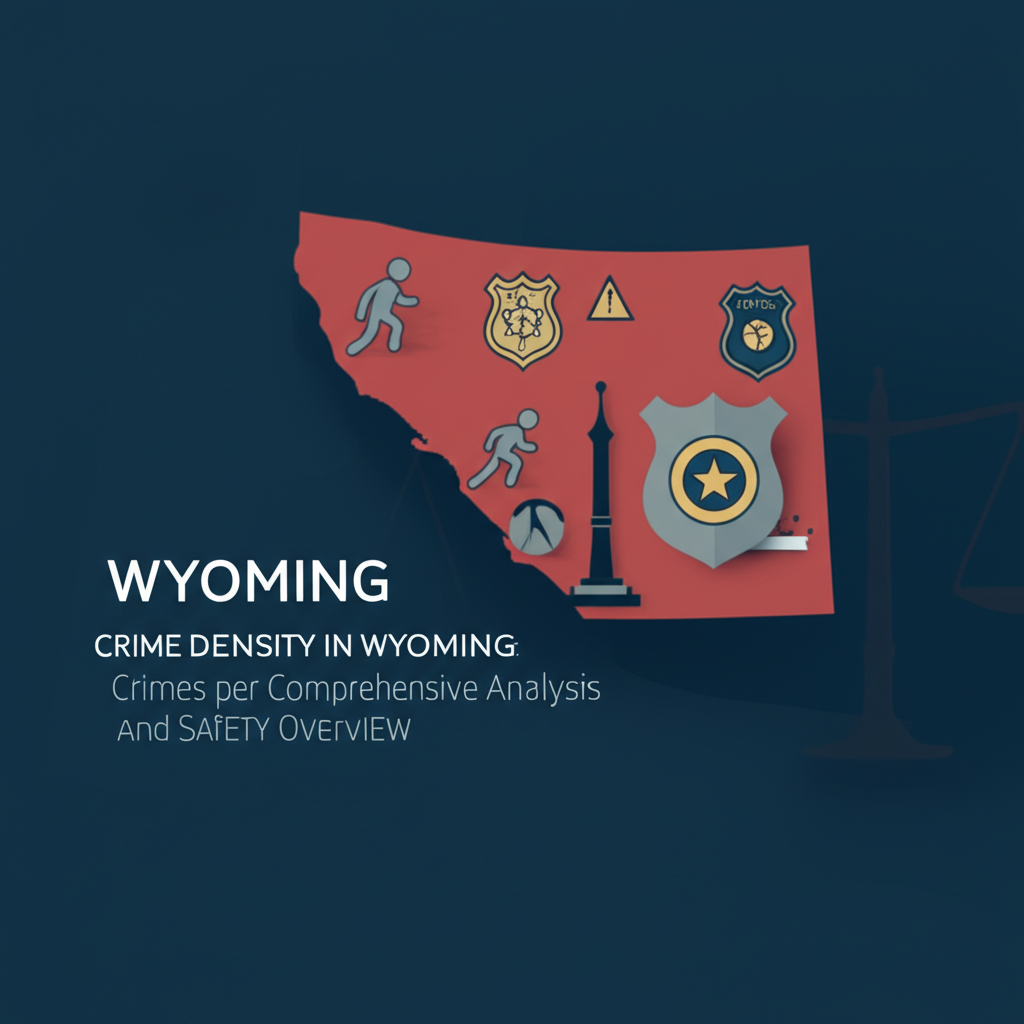
By understanding spatial crime patterns through geospatial analysis, law enforcement and community planners can allocate resources more efficiently. Focusing efforts on higher-risk areas while recognizing rural community dynamics allows Wyoming to maintain effective safety strategies. These patterns offer a meaningful angle in criminology and public safety studies that are essential for smart policing and crime prevention.
- Wyoming reports 17 crimes per square mile, significantly lower than the national median of 26.5.
- Lower crime density reflects Wyoming’s dispersed population and rural nature.
- Crime density metrics assist law enforcement in resource allocation and community safety planning.
| Location | Crimes per Square Mile |
|---|---|
| Wyoming | 17 |
| National Median | 26.5 |
Safest Cities in Wyoming by Crime Rate
Some cities in Wyoming stand out for their exceptionally low crime rates, representing models of community safety. LaGrange takes the top spot as the safest city in the state, followed by places such as Pavillion, Centennial, and Kirby. These cities benefit from strong social institutions and a collective commitment to crime prevention. A culture of trust within residents often helps reduce crime and fosters resilience against disorder. Recognizing these safe havens offers valuable lessons on how small, engaged communities contribute significantly to statewide safety efforts and enhance quality of life.
- LaGrange ranks as the safest city in Wyoming.
- Other cities with notably low crime include Pavillion, Centennial, and Kirby.
- Low-crime communities foster stronger social trust and public safety.
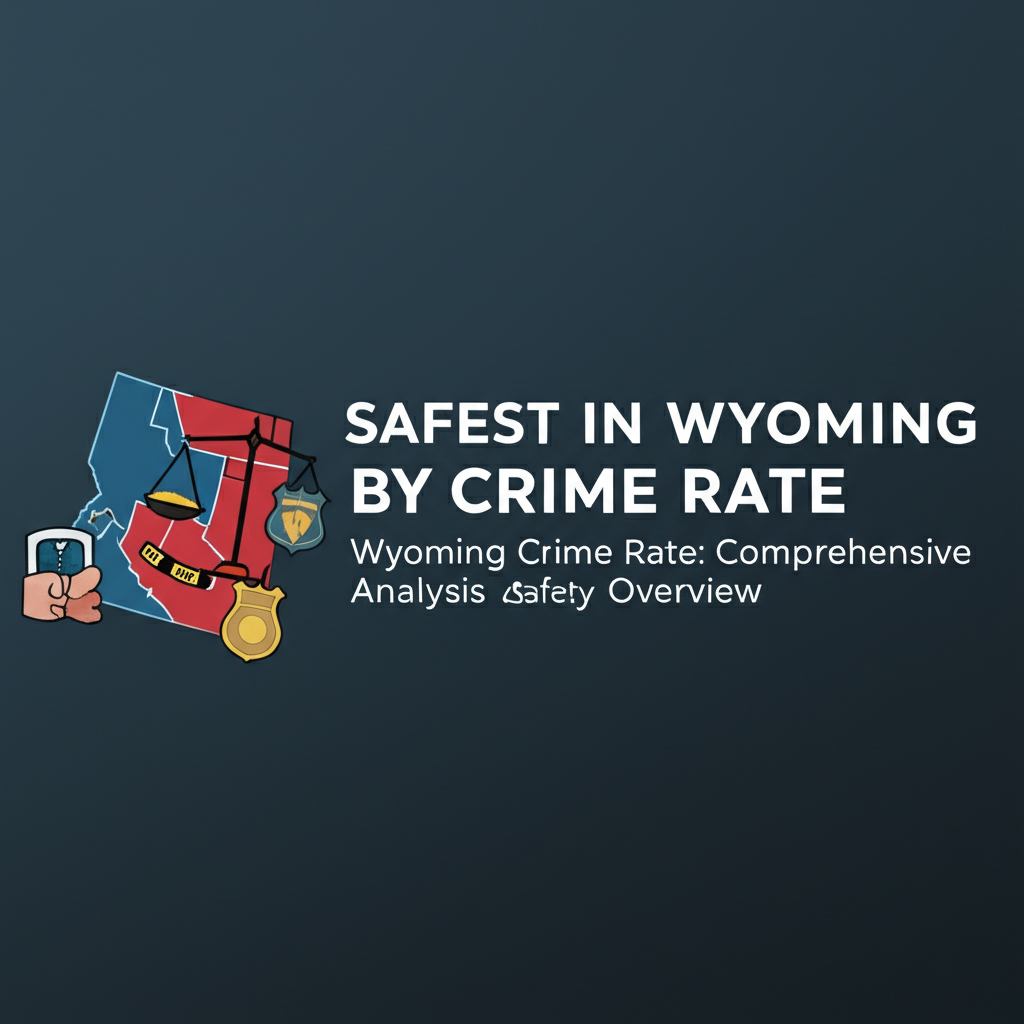
| Rank | City |
|---|---|
| 1 | LaGrange |
| 2 | Pavillion |
| 3 | Centennial |
| 4 | Kirby |
| 5 | Cora |
| 6 | Jeffrey City |
| 7 | Alcova |
| 8 | Kelly |
| 9 | Kaycee |
| 10 | Lost Springs |
Popular Cities in Wyoming and Crime Data
Wyoming includes several notable urban areas that serve as important population and economic centers. Cities like Casper, Cheyenne, and Laramie hold prominent places within the state’s social landscape. While specific crime data for these popular cities is not detailed here, collecting and analyzing such information is critical. Accurate crime statistics guide social research efforts as well as law enforcement targeting and policy-making. Monitoring trends in these hubs helps in tailoring community strategies to protect residents and enhance public safety across Wyoming’s more populated regions.
- Wyoming’s population centers vary widely in crime reporting and statistics.
- Cities such as Casper, Cheyenne, and Laramie are key population hubs.
- Crime statistics for these cities help target law enforcement and public policies.
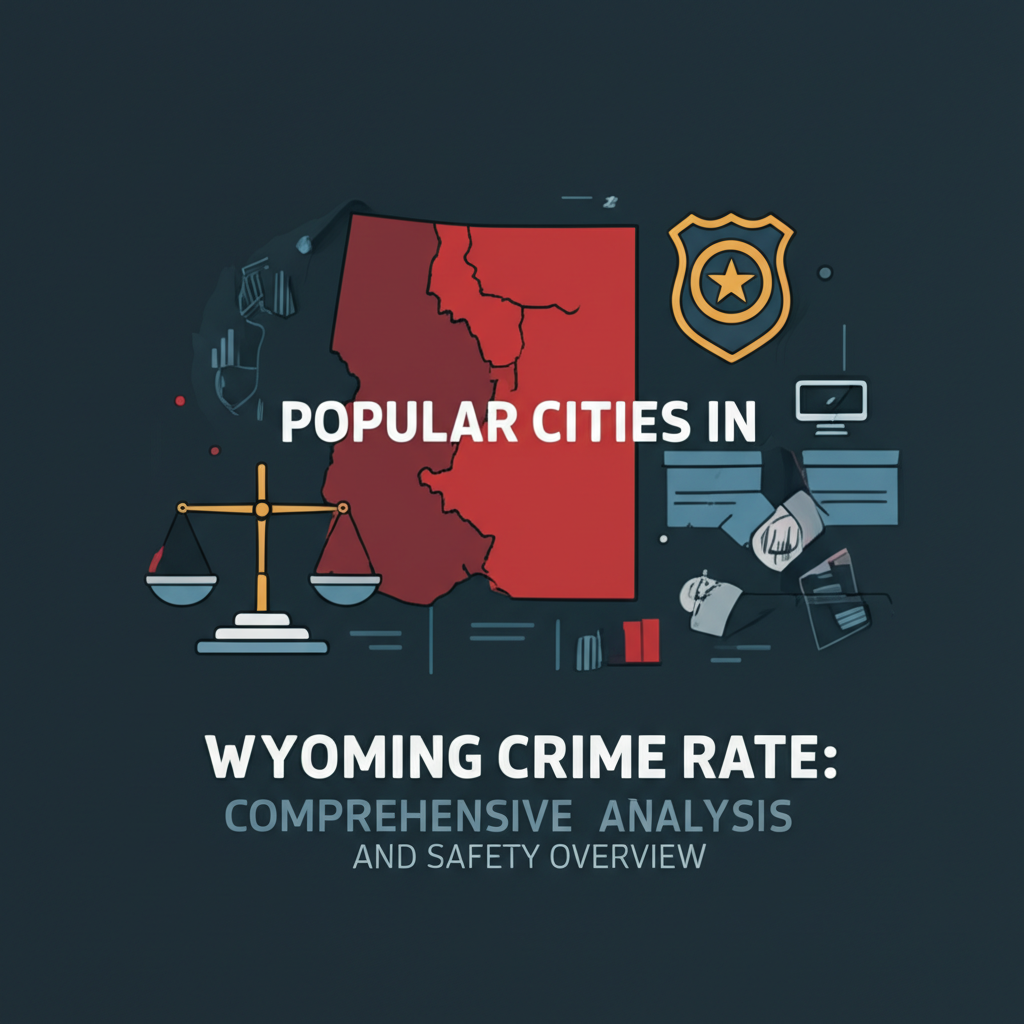
| City | Crime Data Availability |
|---|---|
| Casper | [city_crime_row city=”Casper” state=”Wyoming”] |
| Cheyenne | [city_crime_row city=”Cheyenne” state=”Wyoming”] |
| Cody | [city_crime_row city=”Cody” state=”Wyoming”] |
| Douglas | [city_crime_row city=”Douglas” state=”Wyoming”] |
| Evanston | [city_crime_row city=”Evanston” state=”Wyoming”] |
| Gillette | [city_crime_row city=”Gillette” state=”Wyoming”] |
| Green River | [city_crime_row city=”Green River” state=”Wyoming”] |
| Jackson | [city_crime_row city=”Jackson” state=”Wyoming”] |
| Lander | [city_crime_row city=”Lander” state=”Wyoming”] |
| Laramie | [city_crime_row city=”Laramie” state=”Wyoming”] |
| Powell | [city_crime_row city=”Powell” state=”Wyoming”] |
| Rawlins | [city_crime_row city=”Rawlins” state=”Wyoming”] |
| Riverton | [city_crime_row city=”Riverton” state=”Wyoming”] |
| Rock Springs | [city_crime_row city=”Rock Springs” state=”Wyoming”] |
| Sheridan | [city_crime_row city=”Sheridan” state=”Wyoming”] |
Crime Data Collection and Reporting Methodology
Understanding how crime data is gathered is key to interpreting its implications. In the United States, figures like those for Wyoming come from nearly 18,000 law enforcement agencies that provide detailed reports annually. These data undergo thorough scrutiny and updates to maintain accuracy.
The nationwide meta-analysis combines millions of crime records and incorporates geographic details to correct possible errors or under-reporting. This robust process results in official statistics that support informed decision-making in criminology, policy, and public safety programs. For additional insights and datasets, the Bureau of Justice Statistics is an excellent reference at BJS.
- Crime data originates from around 18,000 U.S. law enforcement agencies.
- Annual updates ensure data remains current and accurate.
- National meta-analysis incorporates millions of reported crimes with geographic data and error adjustments.
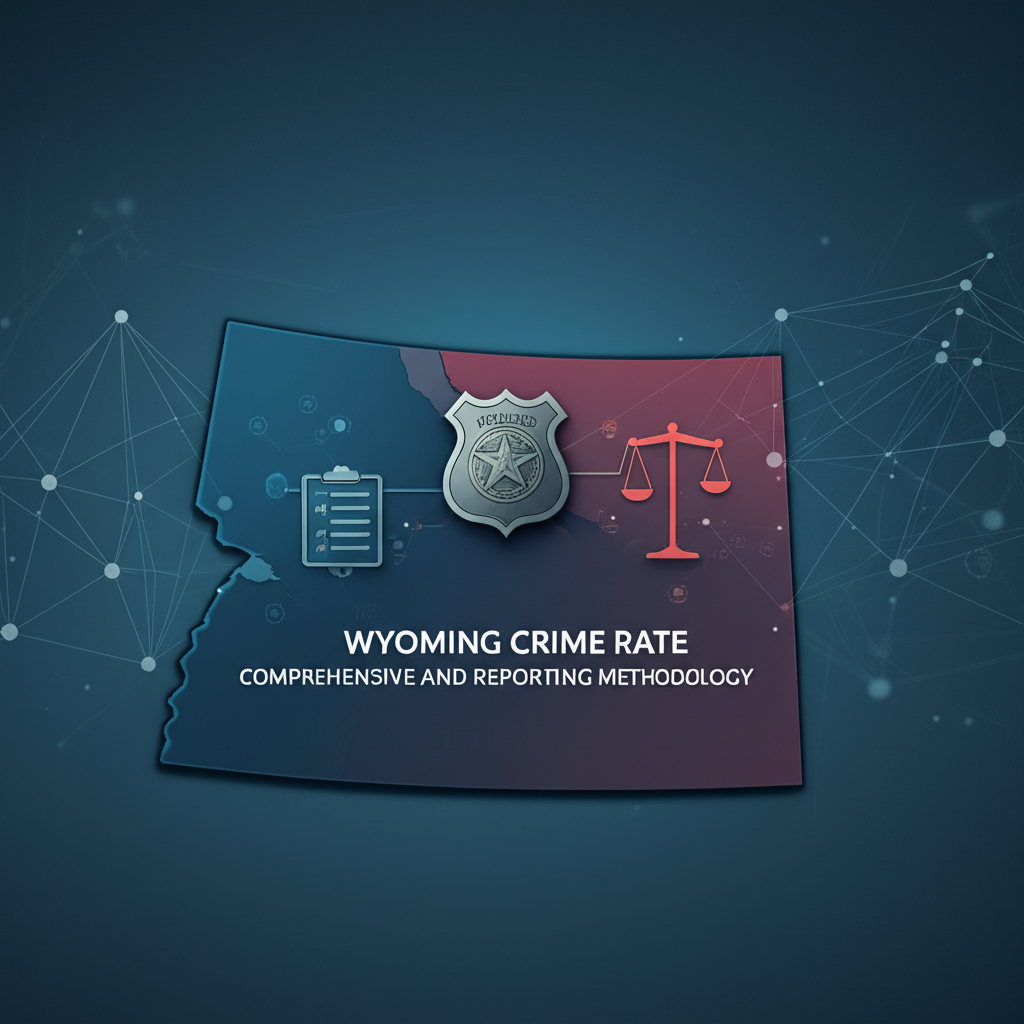
Conclusion: Wyoming’s Crime Landscape and Public Safety
In wrapping up our comprehensive analysis of Wyoming’s crime rate, it’s clear that the state stands out for its relatively low levels of violent and property crimes compared to national averages. The detailed examination of crime statistics, including misconduct, legal action, and issues in ethics, underscores the importance of criminal law and law enforcement in maintaining public safety.
Wyoming’s approach to criminal justice, focusing on problem behavior and deviance, has contributed to its reputation as a safe state. The role of emergency services and national security measures cannot be overlooked in this context. Furthermore, the state’s commitment to transparency through official statistics and statistical data sets provides a solid foundation for social research and public law discussions. Wyoming’s low incarceration rates and the effective use of quantitative research methods highlight the state’s innovative approach to crime prevention and justice.
The societal agreement on the importance of public safety and the collective effort to address the causes of injury and aggression are commendable. As we look towards the future, the continued focus on criminology, social statistics, and the application of mathematical and quantitative methods will be key in further reducing crime rates and enhancing the quality of life for all Wyoming residents.
